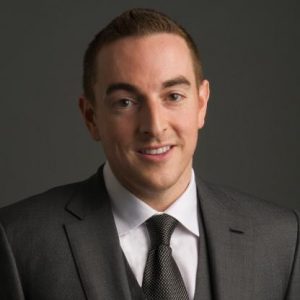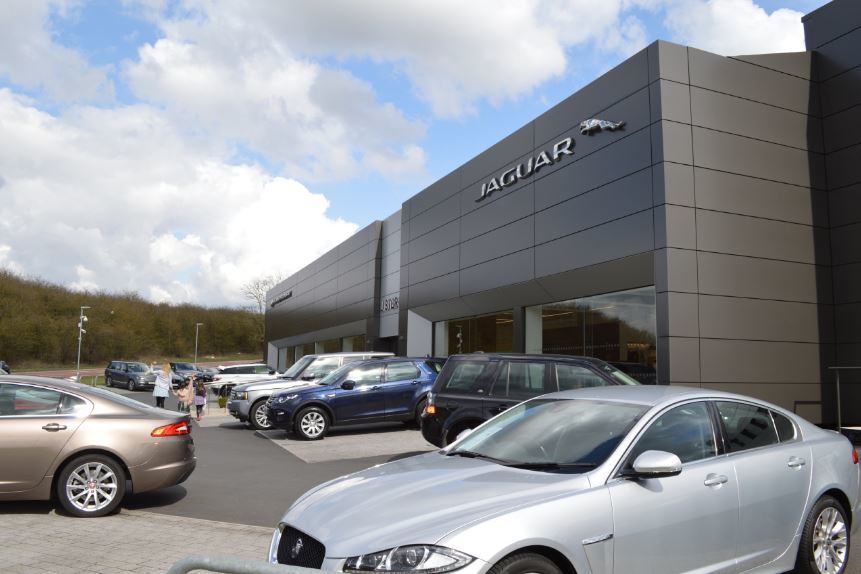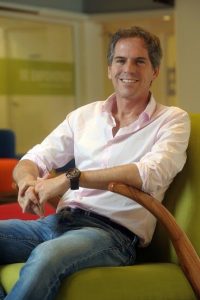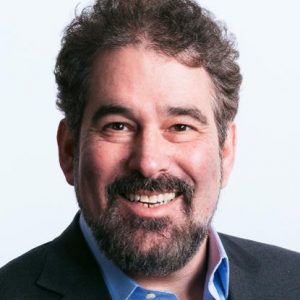Robert Pera : The Wireless Wonder of Silicon Valley
The CEO of Ubiquiti Networks, Robert Pera, is one of the youngest entrepreneurs and a self-made billionaire of the Silicon Valley. With the passion for designing products, he left a lavish job at Apple and started a company in an economical $650-per-month apartment/office, reminding himself that he must not fail. A media-shy entrepreneur who is living a lean life has the ambition to create internet connectivity that is available everywhere.
Early Life
Robert Pera was born on 10 March 1978 in San Carlos. His father worked as a business consultant, and his mother was a public relation officer. He was always interested in technology and computers. He started his first business when he was still in high school. He used to set up computers, networks, and some databases that ran the software. He was also a member of his school’s basketball team. The same time he was diagnosed by a heart-valve infection and had to leave the school for a year. After completing his school, he joined the University of California in San Diego, where he pursued a B.A. degree in Japanese Language and a B.S. in Electrical Engineering. He also obtained the M.S. degree in Electrical Engineering from the same university.

Career
Pera was a Steve Jobs admirer, and after completing his education, he got the opportunity to work at Apple Inc., as a hardware engineer. His work was related to testing the company’s Wi-Fi devices. After working there for some time, he discovered that the signal emitted by the power sources used by the Apple’s WiFi devices were below FCC limits, and the transmission range could be enhanced by boosting their power so that to make internet accessible at the places where the telephone and cable companies did not reach. He consulted his superiors regarding the same matter, but nobody took him seriously.
Founding Ubiquiti Networks
Pera had an idea, and he himself started working on his own low-cost, high-performance WiFi module, at his apartment for a long period of one year, and in early 2005, he quit Apple Inc. to form his own company, i.e., Ubiquiti Networks.
With the savings and credit card cash debt, he managed to raise $30,000 to invest in his company, and started Ubiquiti Networks, in March 2005. The main goal, to start this company was to wirelessly deliver the Internet to the underserved areas, using the existing wifi technologies. The first product series launched by the company included the Super Range mini-PCI radio cards SR2 and SR5.
The Super Range module used the Atheros chipset, operating at 2.4 and 5.8 GHz bands. The card received a successful welcome and was used by many small and medium scale Wireless Internet service providers, all over the world. Currently, the company deals in the four major products: airMAX, airFiber, airVision, UniFi and has spread its branches to other fields including wireless access points, security cameras and traditional networking equipment, etc., as well. Currently, more than 180 countries are using the equipment from Ubiquiti Networks, around the world.
Personal Life
The American entrepreneur secured a place in the Forbes’ list of 10 youngest billionaires in the world, at the age of 36. He is the 229th richest man in the United States, and the 642nd richest person, in the World Billionaire list. Pera took the company public in 2011 and raised US$ 33.5 million in the IPO. He owns the 64 per cent shares in the company.
In October 2012, he purchased the National Basketball Association franchise Memphis Grizzlies from Michael Heisley paying $350 million. Pera also supports the sports charity named Grizzlies Foundation operating in Memphis.

Yashica is a Software Engineer turned Content Writer, who loves to write on social causes and expertise in writing technical stuff. She loves to watch movies and explore new places. She believes that you need to live once before you die. So experimenting with her life and career choices, she is trying to live her life to the fullest.




